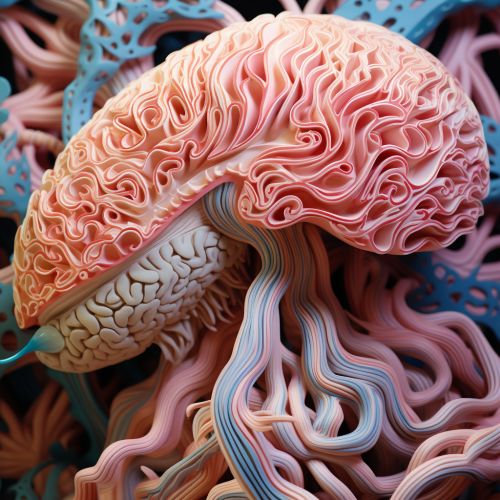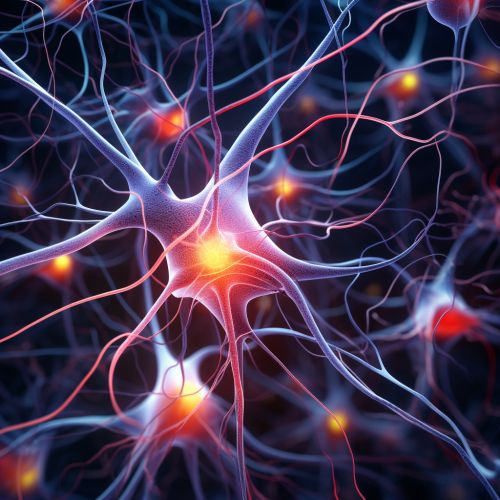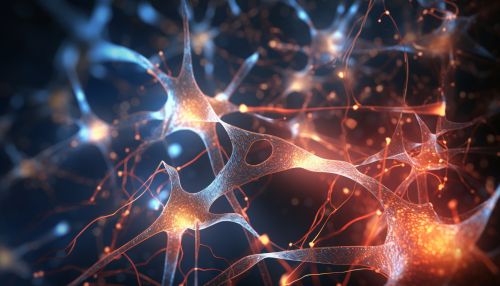The Science of Human Interoception
Introduction
Interoception is the scientific term for the perception of the internal state of the body. It is a relatively new field of study within the broader discipline of neuroscience, and it is closely related to the concepts of embodied cognition and somatic markers. This article will delve into the science of human interoception, exploring its theoretical underpinnings, its physiological basis, and its implications for health and disease.


Theoretical Underpinnings
The concept of interoception was first introduced by the British neurologist Charles Scott Sherrington in the early 20th century. He posited that the body has a complex system of internal sensors that monitor various physiological parameters, such as heart rate, blood pressure, and body temperature. These sensors, he suggested, provide the brain with a continuous stream of information about the body's internal state, allowing it to respond appropriately to changes in the environment.
The idea of interoception has since been expanded and refined by numerous researchers. Today, it is generally understood to encompass not just the perception of physiological signals, but also the emotional and cognitive responses to these signals. This broader understanding of interoception is often referred to as the embodied cognition model, which posits that our thoughts and emotions are fundamentally grounded in our bodily experiences.


Physiological Basis
The physiological basis of interoception is rooted in the autonomic nervous system, which regulates many of the body's internal functions. The autonomic nervous system is divided into two main branches: the sympathetic nervous system, which prepares the body for action, and the parasympathetic nervous system, which promotes relaxation and recovery.
The autonomic nervous system communicates with the brain via a network of nerves and neurotransmitters. Key among these is the vagus nerve, which carries signals from the heart, lungs, and digestive tract to the brain. The vagus nerve is thought to play a crucial role in interoception, as it provides the brain with real-time information about the body's internal state.
In addition to the vagus nerve, several other structures in the brain are involved in interoception. These include the insula, a region of the brain that is thought to process interoceptive signals, and the anterior cingulate cortex, which is believed to be involved in the emotional response to these signals.


Implications for Health and Disease
Research has shown that interoception plays a crucial role in health and disease. For example, it has been found that individuals with high interoceptive accuracy (i.e., the ability to accurately perceive their internal bodily sensations) tend to have better mental health, while those with low interoceptive accuracy are at increased risk of conditions such as anxiety and depression.
Interoception is also thought to play a role in physical health. For instance, it has been suggested that interoceptive signals can influence eating behavior, with implications for conditions such as obesity and eating disorders. Moreover, research has shown that interoception can affect pain perception, with potential implications for conditions such as chronic pain and fibromyalgia.
Future Directions
Despite the progress that has been made in understanding interoception, there is still much that remains unknown. Future research is likely to focus on elucidating the precise mechanisms by which interoceptive signals are processed in the brain, as well as the ways in which these signals influence cognition and behavior. There is also a need for more research on the role of interoception in specific health conditions, as well as the potential for interoceptive training as a therapeutic intervention.


